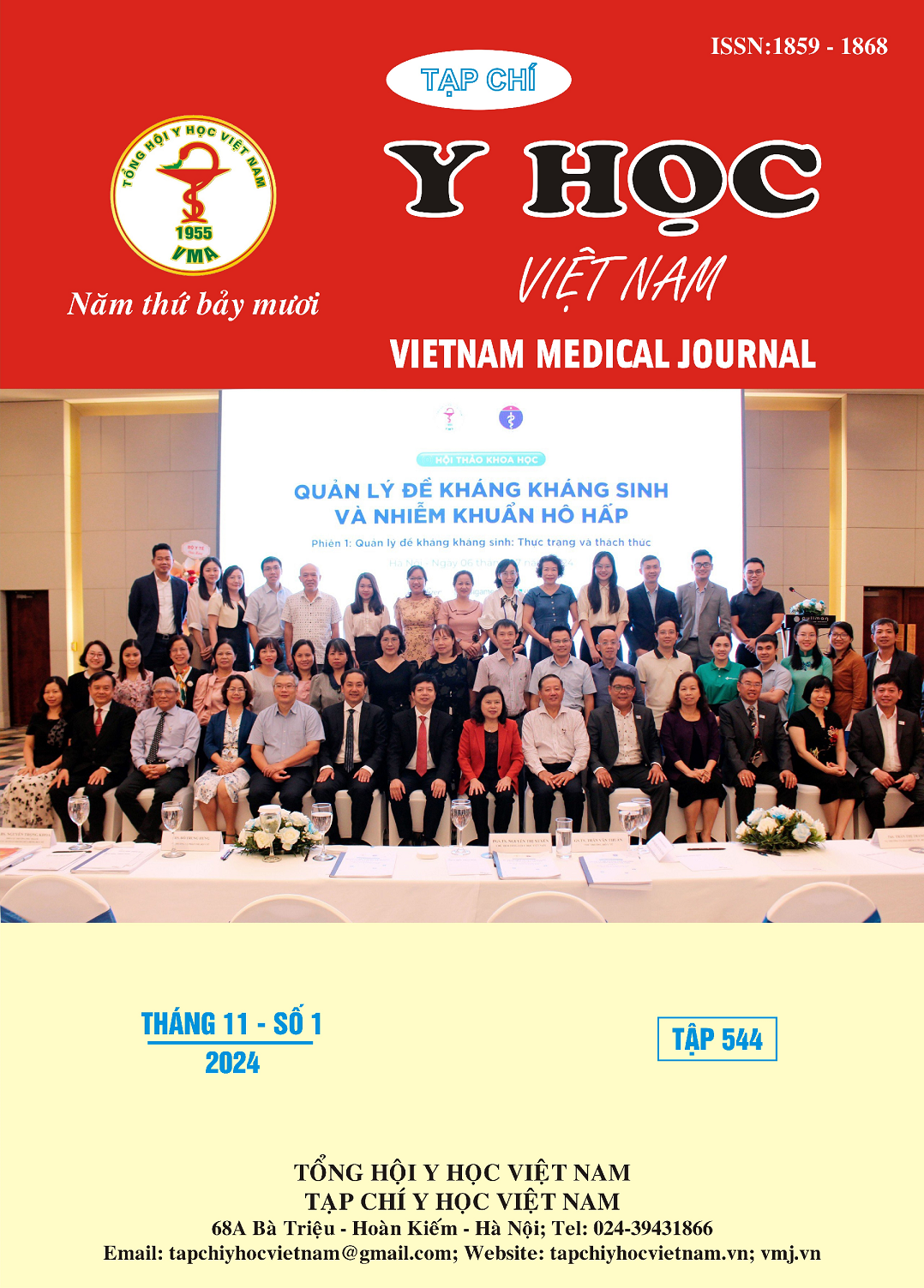BEDSIDE ULTRASOUND FOR POSTOPERATIVE MONITORING AFTER DECOMPRESSIVE CRANIECTOMY: EXPERIENCE AT SAINT PAUL GENERAL HOSPITAL
Main Article Content
Abstract
Objectives: Describe ultrasound images of brain structures and some intracranial lesions in patients after craniectomy decompressive. Materials and methods: Descriptive series 28 cases after decompressive craniectomy who were monitored with sonography. In 20 cases, were performed CT scan and sonogaraphy for patients within 24 hours of each other technique. We measured dimentions of cerebral ventricules, midlline shift, intracranial hematoma (in 6 patients) and compared them between the two techniques. Result: Images of brain structures and some images of intracranial lesions are described on bedside ultrasound tecnique to help monitoring patients after decompressive craniectomy in neurointensive care unit. Measuremens of ventricule dimenters, intracranial hematoma, deviation of the midline; the mean difference between ultrasound an CT scan measurement was 0,26-2,64mm and showed high correlation between ultrasound and CT scan (right lateral ventricle r= 0,992, p<0,001; left lateral ventricle r= 0,998, p<0,001; third ventricle r= 0,997, p<0,001; fourth ventricle r= 0,987, p<0,001, midline shift r= 0,969, p<0,001; hematoma intracranial r= 0,904, p<0,001). Doppler ultrasound technique performed well in visualizing basal cerebral arteries. Conclusions: Bedside ultrasound is an excellent, reliable and realy useful method to examine and monitoring in craniectomized patients. Therefore, That technique should be training and incorporated in daily routine of neurocritical care especically in craniectomized patients.
Article Details
Keywords
Bedside ultrasound, decompressive craniectomy
References
2. Stiver, S.I., Complications of decompressive craniectomy for traumatic brain injury. Neurosurg Focus, 2009. 26(6): p. E7.
3. Bendella, H., et al., Bedside Sonographic Duplex Technique as a Monitoring Tool in Patients after Decompressive Craniectomy: A Single Centre Experience. Medicina (Kaunas), 2020. 56(2).
4. Bobinger, T., H.B. Huttner, and S. Schwab, Bedside Ultrasound After Decompressive Craniectomy: A New Standard? Neurocrit Care, 2017. 26(3): p. 319-320.
5. De Bonis, P., et al., Transcranial Sonography versus CT for Postoperative Monitoring After Decompressive Craniectomy. J Neuroimaging, 2020. 30(6): p. 800-807.
6. Kobayashi, S., et al., [Clinical value of bedside ultrasonography in craniectomized patients]. Neurol Med Chir (Tokyo), 1989. 29(8): p. 740-5.


